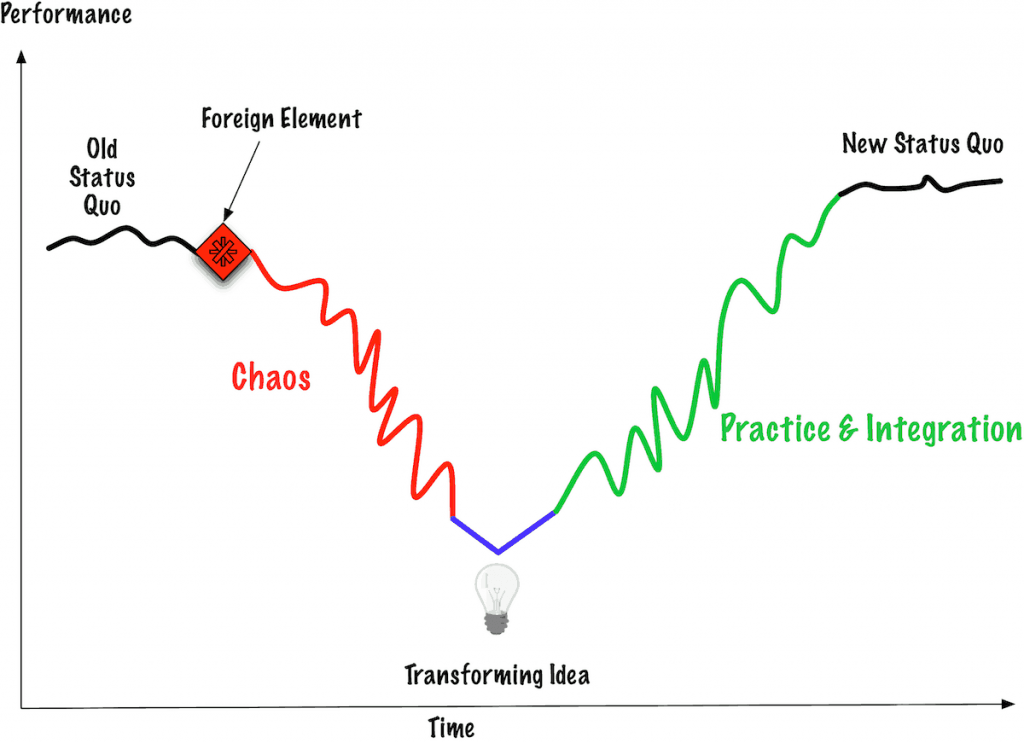7 Tool Tips for Your Newly Distributed or Remote Team
Yesterday, you worked in an office with everyone else. Today, you’re supposed to work from home—and so is the rest of your team. And not just for the next few days, but for the next few weeks. What tools do you need?
My list of the most important tools:
- A good microphone and headset so you can hear people, even in somewhat noisy environments, like a home with other people.
- A camera so people can see you.
- A dedicated chat backchannel so everyone has a place to ask and answer questions. I do not recommend a group chat using your cell phones. I recommend a tool, such as Slack.
- A comfortable chair and sufficient space to work.
- A meeting tool anyone can start.
- Dispersed working agreements.
- A sense of humor.
Here’s why.

Tools You Can Buy or Use
One, You need a microphone and a headset because unless you have a private office already organized, you might start on the couch, at your kitchen table, or, even in your bedroom. You need to be able to discuss confidential work issues in confidence. And, when you use a separate mic and speakers, you make it possible for other people to fully participate. (See Seth’s Zoom & Skype call tips (the secrets of video conferences).)
Two, You need a camera because people need rich and natural communication. (In From Chaos to Successful Distributed Agile Teams, Mark and I discussed the two competing theories of communication. Rich communication is full-duplex and incorporates visual cues. Natural means we see each others’ faces.)
Some people tell me they don’t like the way they look on camera. If you use your laptop camera, yes, you look “bad.” We almost always look down at the laptop camera. We don’t have enough light.
Let’s set the context. You’re not auditioning for an acting job. You’re communicating with your colleagues. Turn on the camera, and if you want, ask for feedback. Otherwise, ignore how you think you look.
Cameras mimic the way we work in an office. In an office, we’re always “on.” If you have just the built-in camera on your laptop, it might make you look “bad.”
No one cares that you look “bad.” They want to see your facial expressions. The more stress we feel from this new way of working, the more we all need to see and hear each other, as humans.
BTW, I’m not immune to these feelings. When I travel, I use my laptop on my lap. I am convinced my neck rolls multiply by a factor of four. And, we won’t discuss how I look like a serial killer. Most of the time, my clients claim to not notice. And, my feelings about my looks are why I have an external camera in my office that I use to collaborate.
Tools You or Your Company Should Invest In
Your company might not have considered these tools a necessity before. They are if you need to work from home.
Three, You need a dedicated chat backchannel to model the informal conversations—and possibly decisions you make—as you work apart. The dedicated backchannel takes the place of the little conversations we have in the office.
Four, You need a comfy chair. On top of all of these coronavirus challenges, you need to avoid back problems, or wrist problems, or any other ergonomic problems. You’ll be working from home for at least several weeks. You need to keep all of you healthy.
Five, you need a meeting tool anyone can start. If only one person can start the meeting tool and that person gets sick, no one can meet. That’s not resilient. Don’t have one person “own” all the tools.
Six, you need dispersed working agreements. What hours do you work with each other? How will you work together? How will you review each other’s work or offer feedback? Can you pair, swarm, or mob? When you work apart, you need to renegotiate those working agreements.
Seven, you need to maintain your sense of humor. Yes, these are serious times. Yes, some people will get quite sick, even with the precautions we’re taking. And, this, too will pass. (At some point.)
When we maintain our sense of humor, we are more able to manage how we see our changes. That’s why I added the image of the Satir Change Model. (Read Defining “Scaling” Agile, Part 6: Creating the Agile Organization for a more complete definition of the model or Change is Inevitable on my other blog.)
Tools I Didn’t Mention
You’re probably wondering why I didn’t add a board to the list of tools. In my experience, when a team moves from collocation (or satellite or cluster) to being totally dispersed, they don’t know what kind of board they need.
Consider an electronic shared spreadsheet. And, measure your cycle time. You’re relearning how to collaborate. Your cycle time will change, even if your story points do not.
As you finish work, revisit your board. Do you need more columns? Do you need WIP limits? What else do you need to create a frequent cadence of finishing work?
Published on Java Code Geeks with permission by Johanna Rothman , partner at our JCG program. See the original article here: 7 Tool Tips for Your Newly Distributed or Remote Team Opinions expressed by Java Code Geeks contributors are their own. |


